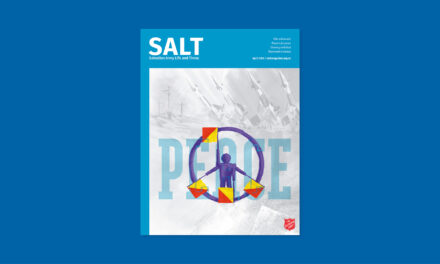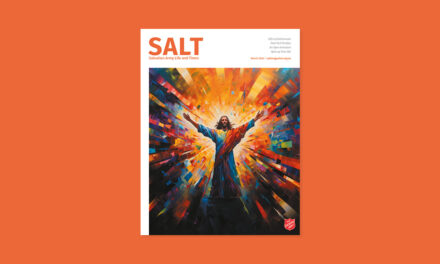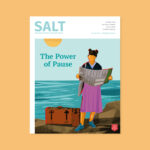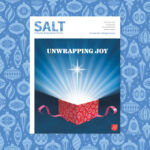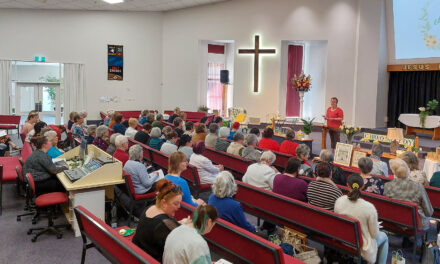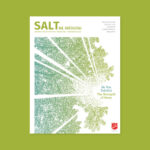
Mary had a Little Lamb
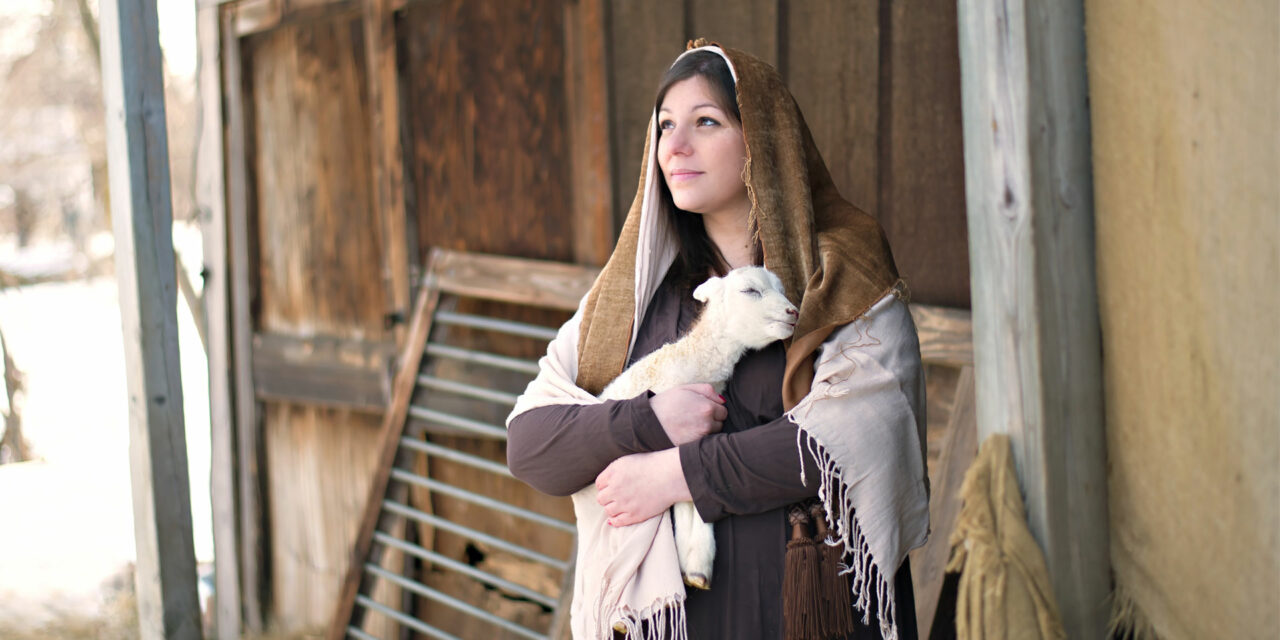
The circumstances in Mary’s life right before she gave birth to her son Jesus must have been confusing and frightening. Vivienne Hill examines how Mary trusted God and may have even been aware of the prophetic words surrounding the birth of the long-awaited Messiah.
The preparations for the birth of Christ would have taken place in his mother’s home town. Mary’s mother, sisters, grandmother and aunts most likely would have prepared a place for the birth and supplied blankets, clothes and everything associated with the birth and first few weeks of a baby’s life. During Mary’s time and still today, expectant mothers in the Middle East embroider swaddling cloths for newborn babies, with symbolism embroidered on the fabric depicting both her family and the father’s, showing two families coming together in the new child.
Mary would have known what was to come. She too would have attended to female relatives who had preceded her in pregnancy. But the unexpected news of a census and the realisation that she would need to travel from her home in Nazareth to Bethlehem (some 144 km away) with her betrothed while nine months pregnant, would have been a shock to the young woman. But this was a woman who knew God and had found grace and favour in his sight, and was observant of the requirements of the Law of Moses.
Mary may well have known the verse in Micah 5:2, ‘But you, Bethlehem Ephrathah, though you are small among the clans of Judah, out of you will come for me one who will be ruler over Israel, whose origins are from of old, from ancient times.’ She may have joined the pieces of the puzzle together and understood God’s unique plan and timing written about 700 years earlier.
In Micah 4:8 it says, ‘As for you, watchtower of the flock, stronghold of Daughter Zion, the former dominion will be restored to you; kingship will come to Daughter Jerusalem.’
Oh, Little Town of Bethlehem
Mary and Joseph’s trip to Bethlehem Ephrathah was a long one, across dangerous terrain. The small village sits in the agricultural zone of Migdal Edar, also known as ‘Tower of the Flock’ or ‘Shepherds’ Field’. It is a small village about 8 km outside of Jerusalem, and between the two places are fields where shepherds tend their sheep. This is a significant area because it is also known as the ‘Field of David’, purchased by King David to raise the sacrificial flock for the Passover blood sacrifice. The lambs bred in this place had to be without spot and blemish as required by Mosaic Law. They were bred for sacrifice right up until the destruction of the second Temple in Jerusalem.
Alfred Edersheim in The Life and Times of Jesus, the Messiah said that according to the Mishnah (oral Torah) it ‘leads to the conclusion, that the flocks, which pastured there, were destined for Temple-sacrifices, and, accordingly, that the shepherds, who watched over them, were not ordinary shepherds.’ They would have been trained in the required Levitical regulations by the temple priests who came on every high holy day to Migdal Edar to inspect the flock and place the spotless newborn lamb in a manger (feed trough) to protect its legs, wrap it in a swaddling cloth to protect it and carry it into the temple in Jerusalem for sacrifice.
The sign
After Mary gave birth to Jesus an angel came to Migdal Edar and announced the birth of Christ to these shepherds. Luke 2:8–12 is one of the most recognised Christmas passages in the Bible. It is the proclamation by an angel to the shepherds who watched their sheep in the fields outside of Bethlehem the night of Jesus Christ’s birth. ‘But the angel said to them, “Do not be afraid. I bring you good news that will cause great joy for all the people. Today in the town of David a Saviour has been born to you; he is the Messiah, the Lord. This will be a sign to you: You will find a baby wrapped in cloths and lying in a manger”.’
These shepherds would have known what the sign was as spoken of by the angel, and the significance of the baby swaddled and placed in a manger, just as the lambs were before being taken to the temple to be sacrificed.
In Isaiah 53:7 it says of Christ, ‘He was oppressed and afflicted, yet he did not open his mouth; he was led like a lamb to the slaughter, and as a sheep before its shearers is silent, so he did not open his mouth’.
The Gospel of Luke’s account of the events surrounding Christ’s birth would seem on first reading to be the story of an unfortunate couple who had to take an unpleasant journey at a difficult time. The fact that the baby was born in an animal enclosure, wrapped and placed in a feeding trough does elicit sympathy for the sad circumstances. Yet, God had orchestrated events, both good and bad, to work out his redemptive purposes for humankind.
In Luke 2:14 the angel’s announcement to the shepherds finishes with, ‘Glory to God in the highest heaven, and on earth peace to those on whom his favour rests’. We may not always recognise God’s favour in the events and circumstances of our lives, but we can be confident that his plans for us will culminate in our own redemptive story.
Mary trusted in God and changed the course of history … will you trust him too?

